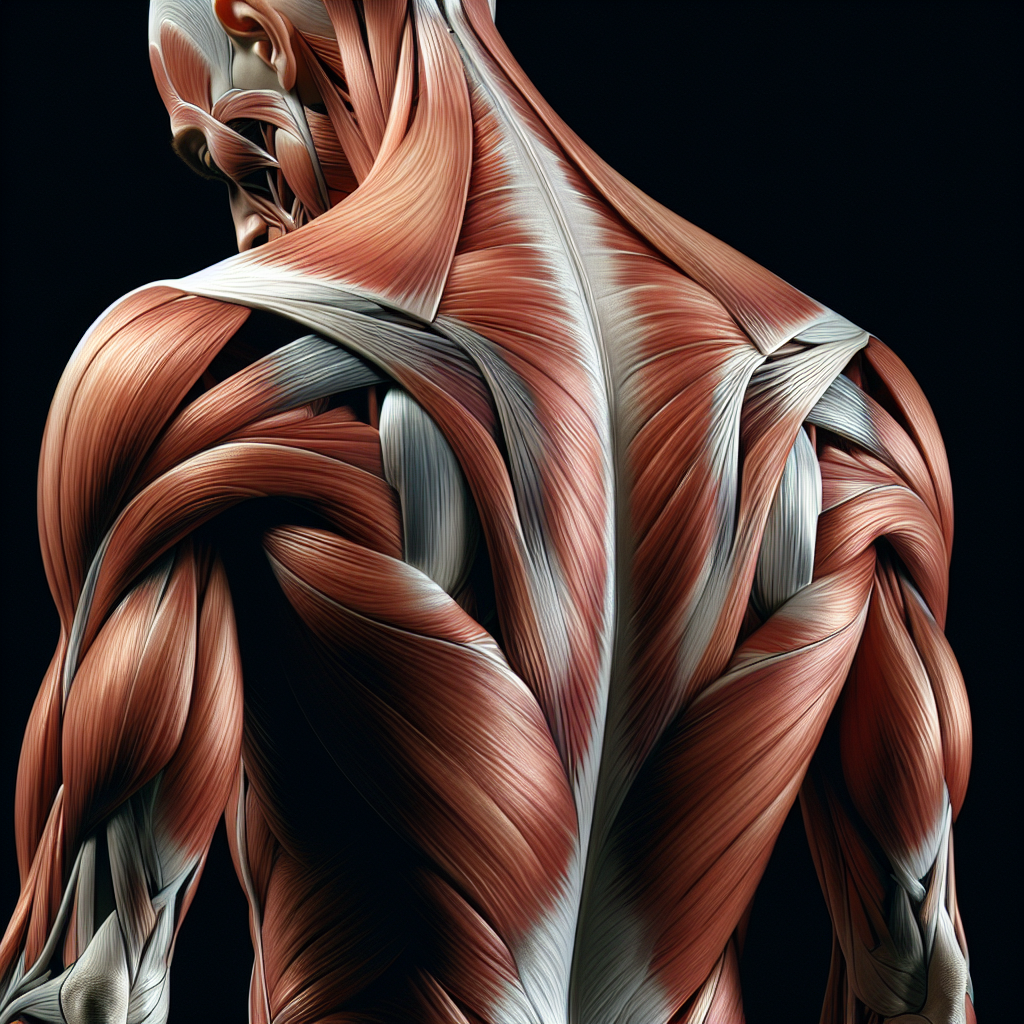Unraveling the Mystery: The Commonly Tight Muscles You Never Knew About
- Jenna Kantor
- Jun 30
- 2 min read
Muscle tightness is a prevalent issue that many people face, often leading to discomfort, pain, and restricted movement. Surprisingly, some muscles are more prone to tightness than others, yet this knowledge remains somewhat obscure. In this article, we will delve into the mystery of commonly tight muscles, shedding light on these lesser-known culprits.
1. Psoas Muscle

The psoas muscle, located deep within the abdomen, plays a crucial role in hip flexion and spine stabilization. Due to prolonged sitting or lack of stretching, the psoas can become tight, leading to lower back pain and limited mobility.
2. Scalene Muscles
The scalene muscles, situated on the sides of the neck, often tighten due to poor posture or stress. Tightness in the scalenes can contribute to neck pain, headaches, and even tingling sensations in the arms.
3. Piriformis Muscle
The piriformis muscle, located in the buttocks, is notorious for causing sciatic nerve irritation when tight. Prolonged sitting, inadequate stretching, or muscle imbalances can all contribute to the piriformis tightening, resulting in radiating pain down the leg.
4. Tensor Fasciae Latae
The tensor fasciae latae, part of the hip flexor group, can tighten due to activities like running or cycling without proper stretching. Tightness in this muscle can lead to hip pain, IT band issues, and even contribute to knee problems.
5. Levator Scapulae
The levator scapulae muscle, responsible for elevating the shoulder blades, often tightens from stress or hunching over devices. This chronic tightness can lead to neck pain, limited shoulder mobility, and even tension headaches.
In Conclusion
Understanding the common culprits behind muscle tightness is essential for taking proactive steps towards better muscle health. Incorporating regular stretching, strengthening exercises, and proper posture habits can help prevent and alleviate tightness in these muscles. Remember, listening to your body and addressing tightness promptly can go a long way in maintaining your overall well-being.
Next time you experience muscle tightness, consider these commonly tight muscles and take the necessary steps to keep them flexible and healthy.
With this newfound knowledge of commonly tight muscles, you are equipped to tackle muscle tightness head-on and prioritize your musculoskeletal health. Stay proactive, incorporate targeted stretches, and maintain proper posture to keep these muscles limber and pain-free.
Thank you for joining us on this journey of unraveling the mystery of commonly tight muscles. Remember, a little awareness and proactive care can go a long way in promoting a healthy, happy body.
Stay tuned for more insights into musculoskeletal health and wellness!




Comments